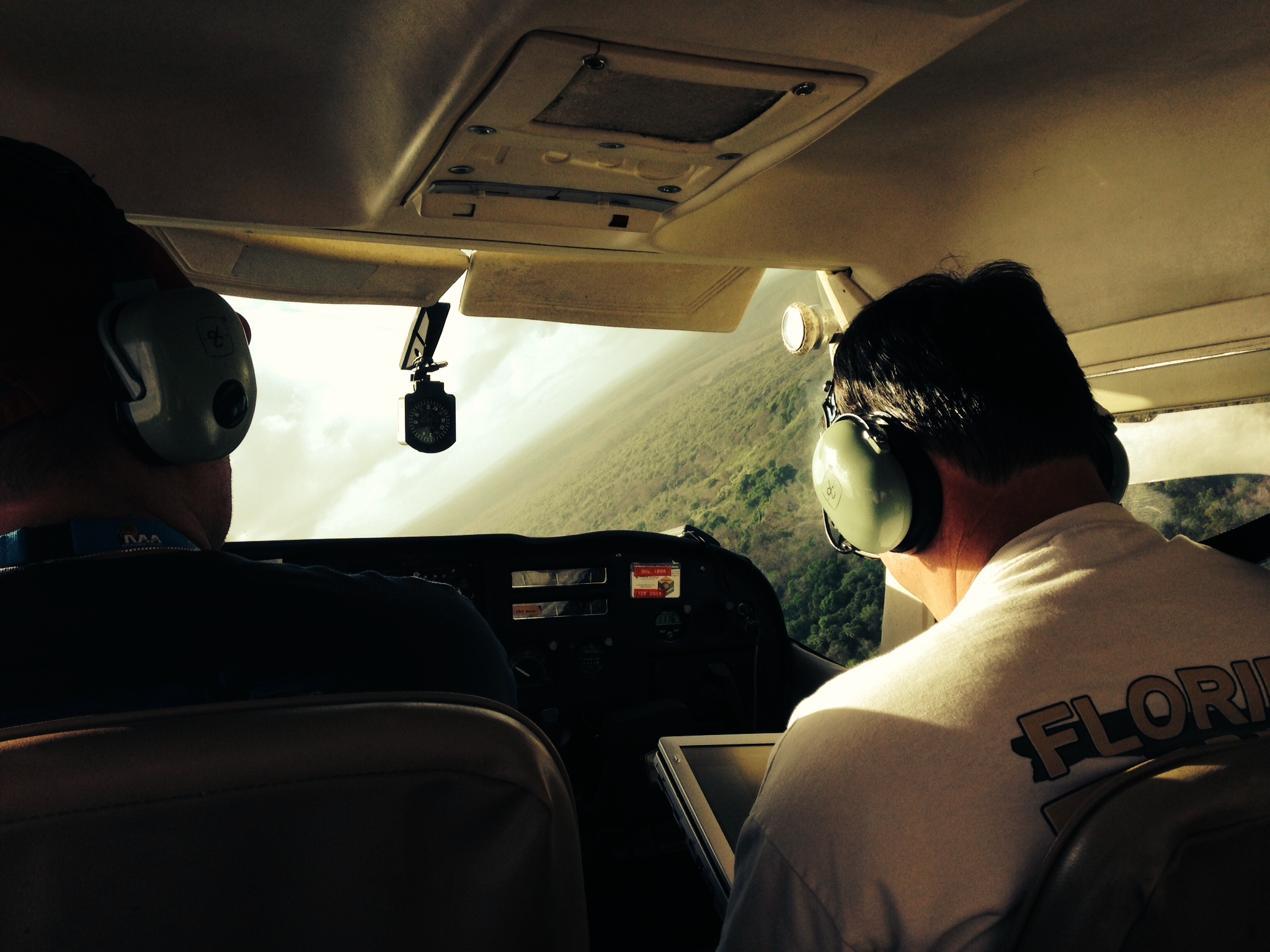Between Aurora and Phinney Avenues just southwest of Green Lake in the heart of Seattle is the Woodland Park Zoo where from 9:30 a.m. to 6:30 p.m. any day of the week you can pay $18.75 for the privilege of seeing one of the most enigmatic animals on the planet, Pantheria uncia, the snow leopard.
The Seattle zoo has had snow leopards since 1972 when a pair arrived from the Soviet Union and today it has two cats, Helen and Tom, as well as their one-year-old brood of three cubs. Over the last 12 months, these cubs have gone from frisky kittens to lackadaisical felines. When they aren’t pacing the confines of their fenced-in enclosure, they are sleeping with their charred-gray noses resting atop limp paws, majestic yet docile-looking as house cats.
The same year that the zoo in Seattle got its first snow leopards, 45-year-old Peter Matthiessen, writer and co-founder of The Paris Review, met zoologist George Schaller in Kathmandu to begin a 250 mile journey into the Himalayas that resulted in Matthiessen's famous natural history book, The Snow Leopard. At their first introduction in 1969, Schaller had told the writer that he knew of only two Westerners in 25 years who had spotted the Himalayan snow leopard. Schaller, in fact, was the first person to film the leopard in the wild.
“Not only is it rare…but it is wary and elusive to a magical degree, and so well camouflaged in the places it chooses to lie that one can stare straight at it from yards away and fail to see it. Even those who know the mountains rarely take it by surprise: most sightings have been made by hunters lying still near a wild herd when a snow leopard happened to be stalking.”
For Matthiessen, a student of Buddhism, the opportunity to track the leopards and venture near the frontier of Tibet to where the “Crystal Monastery” is located was “a true pilgrimage, a journey of the heart.” When The Snow Leopard was published in 1979 it was not so much a plea for conservation of the cat as it is a rumination on the author’s physical and spiritual journey into the wild animal’s habitat and the nature of mind.
The worldwide population of snow leopards today is somewhere between four and seven thousand but since Matthiessen journeyed to the Himalayas, the captive population has increased significantly from perhaps less than one hundred to over 600, about 10 percent of the world’s population. The contrast between 1972 and today in this regard is remarkable: back then leopards were rare and enigmatic in the wild and virtually unseen by visitors to zoos. Today, the species is common to over 70 zoos in North America. It’s impossible to say that this genetically and demographically stable captive population—accessible to over 100 million visitors each year–is somehow not good. But I am also reminded while reading Matthiessen’s journey into snow leopard country by something that Holmes Rolston, the grandfather of the field of environmental ethics, recently said to me in an interview.






